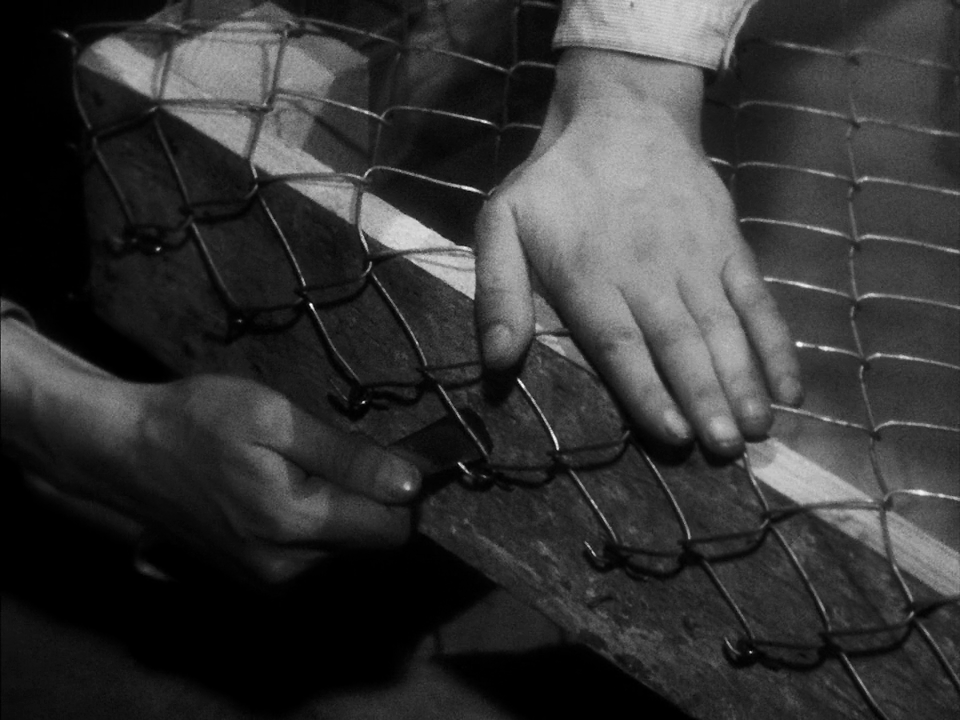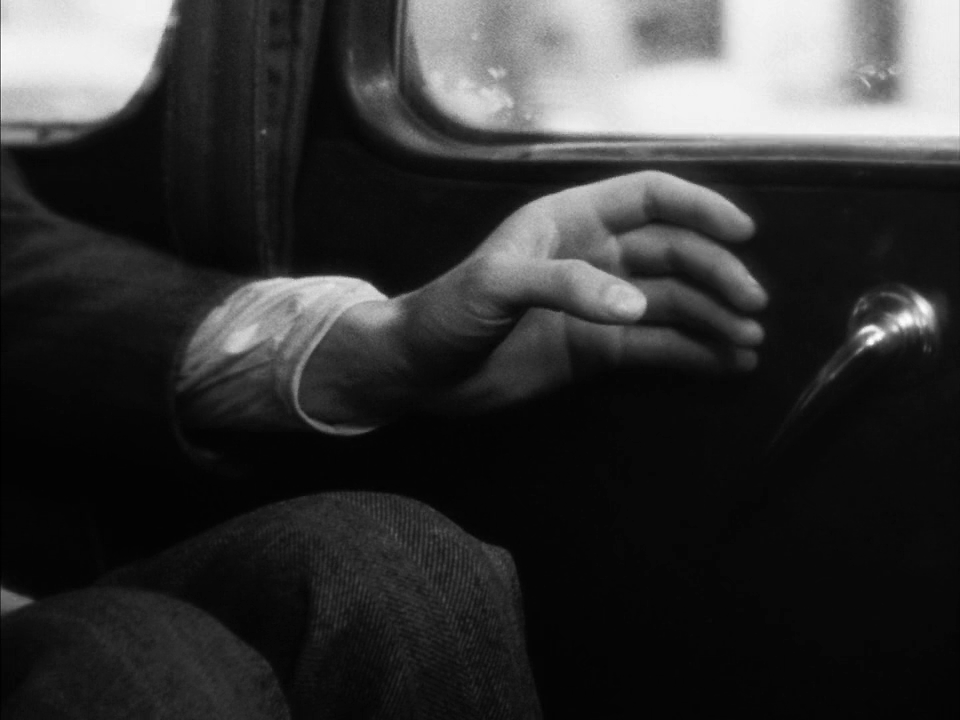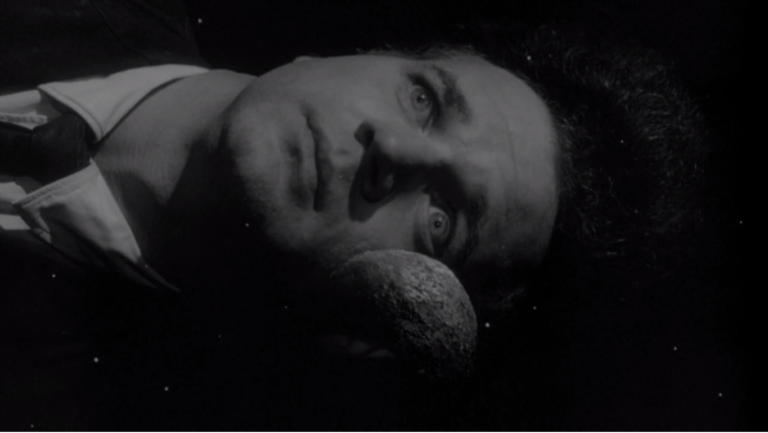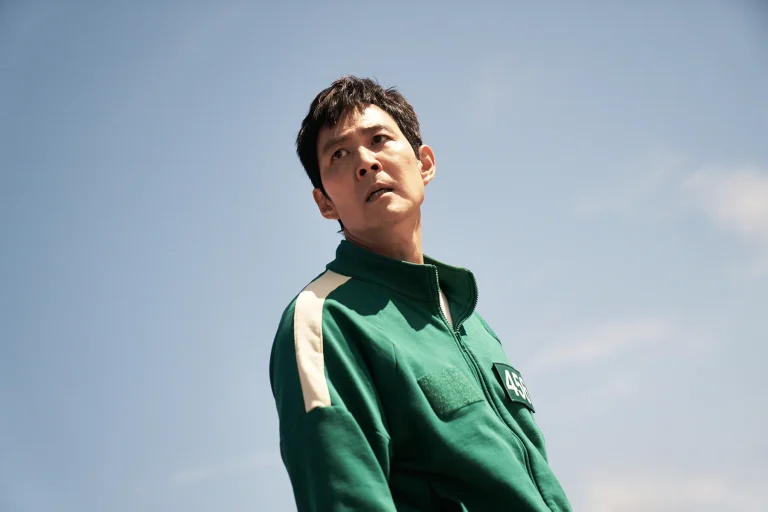Robert Bresson has always been fascinated by cages. Be it a human cage or one’s own mind; there’s always a sense of isolation that his characters suffer from. So when Bresson decided to make a film about a prison escape, he straightaway speaks about the end result of his film. Of course, we know that a man would go to prison and eventually escape. But how? And why? This is where Bresson’s treatment of the prison-escape drama completely overshadows everything else that came before and after it. ‘A Man Escaped’ hence becomes one of the most brilliant films about human endurance.
It’s also a fascinating character study of a man who takes every potshot available for liberation. On the surface, ‘A Man Escaped’ is about a French Resistance fighter. This man named Fontaine plots a daunting prison escape from a Nazi prison facility. It doesn’t bother him that all the possible escaped from the thick walls of the facility have resulted in failures. He just wishes to be free. For that – He decides to slowly try to take out the planks of the door to his cell and make ropes out of whatever clothes he could possibly get. To do the aforementioned, he only has the help of a spoon.
So, basically, Bresson lets his audience believe that a human who can endure pain and hardship deserves liberation. He is faced with multiple obstacles. The biggest one of them is eventually getting a young cellmate who is completely oblivious to the perils of life and death. Should Fontaine trust in him with his plan or secret let it slip through him for a big surprise? Bresson doesn’t think and act like his Hollywood counterparts. He doesn’t believe in showing his protagonist as a triumphant hero. His basic need to implant conflict in the narrative comes from the will to showcase the burden that human being needs to carry through. His plots don’t succumb to theatrics. Moreover, his aim remains tactile and relentless.
‘A Man Escaped’ is more about how Fontaine conducts himself in an environment that he wishes to escape from. Bresson’s focuses on the behavioral aspect of a prisoner who is hellbent on doing something. Which is why he pays special attention to the soundscape. In a video essay for the Criterion Collection, Bordwell and Thompson specifically mention how Bresson lets his sound dominate the image in the film. He compels his audience to listen to the film in addition to watching it closely.
Similar to A Man Escaped – LOOKBACK AT BRESSON: PICKPOCKET [1959]
In fact, Bresson plays so tangibly with sound and image that certain scenes become the highlight. Most key sequences are also punctuated by Fontaine’s commentary of actions being undertaken. Providing a clear duality of actions. He mostly uses these voiceovers only after a sequence has happened. This provides evidence of time’s passage and an accurate look at the action plan.
There’s also Bresson’s obsessions with hands that tell more stories than anything else that grander images can. For instance, take the very first sequence of the film. The camera fixates on the hands of the protagonist. At this point, we don’t even know his name or his identity but with mere image semblance and juxtapositions, Bresson manages to show us his motifs and eventual failure to escape.
Bresson’s film thus rests heavily on actions. How Fontaine operates? Why he chooses certain paths and not others? and When does he consider to be the best possible time to escape? These actions are evoked due to the nature of imprisonment that he is in. We are never given a backstory or a clear motive as to why Fontaine wants to escape so badly. So all our attention goes into the little details that Bresson provides us. The way he folds the wires on the fabric, the speed at which he slowly tries to scratch through the woodwork and the way he puts his trust on certain inmates.
‘A Man Escaped’ works because of the way Bresson balances the storytelling method with a keen eye for small details. He never dollies-up his shots. Neither does he try to make their impact forceful. Most of his narrative is heavily based on generalized actions. As always, he chooses a non-actor to essay the role of his central character of a prisoner. As Roger Ebert pointed out in his review that most of his actors are mere models. He chooses to show his stories through them because he believes in ‘no-acting’ phenomenon.
Also, Read – LOOKBACK ON SCORSESE: MEAN STREETS [1973]
The film changes the grammar of cinema. The way the director wishes to show things that don’t matter as essentials make the film even more engaging and accessible. You are bound to get interested in Fontaine’s prison cells. The random code he sends across the thick walls. And also, in his peculiar behavior to defy faith as a mere tool. It is in a way both an anti-syphilis tale and an existential dilemma in itself. Since we never get aware of Fontaine’s motivation; the only reason becomes to ‘revolt against the system in place.’ This makes ‘A Man Escaped’ a transcendental prison drama that stands way beyond the comprehension of generic prison-escape films.






![M [1931] Is Still Terrifying After 90 Years](https://79468c92.delivery.rocketcdn.me/wp-content/uploads/2022/01/M_1931_thumbnail-768x477.jpg)



